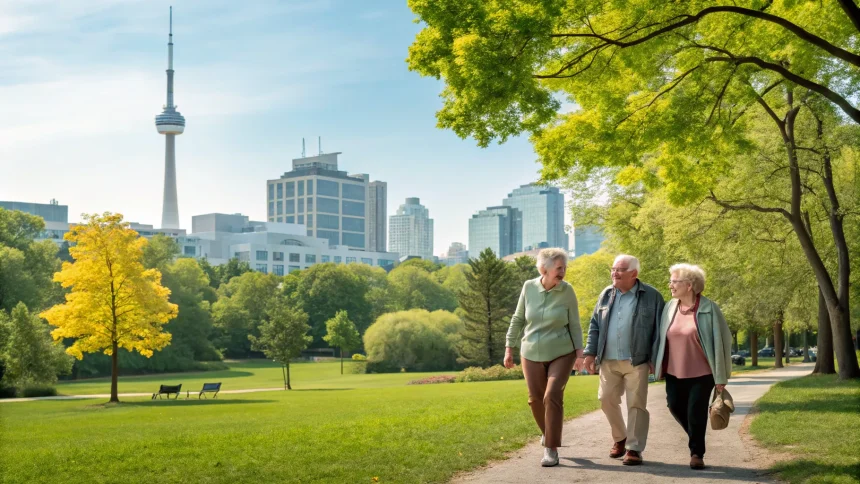Canada is heading into its largest retirement surge as the final and biggest cohort of baby boomers nears age 65. The shift, unfolding over the next few years, could reshape work, health care, and public finances across the country. Employers, governments, and families are preparing for a new phase in an aging society.
“The last and largest group of baby boomers is about to turn 65, bringing on the biggest retirement wave Canada has seen yet.”
The change affects every province and most sectors, from construction and manufacturing to education and hospitals. It will also test how well pensions, savings, and services can support a much larger senior population.
A Demographic Milestone
Baby boomers were born between 1946 and 1965. As those born in the early 1960s reach 65, almost the entire generation will be in senior years by the end of the decade. Statistics Canada has projected that by 2030, roughly one in four residents will be 65 or older.
That shift has been building for years. But the final wave is the largest, reflecting high birth counts in the early 1960s. It marks a turning point for the labour market and public policy.
Pressure on Workplaces
Employers report rising retirements in skilled trades, health care, and public administration. Many have older workforces and face gaps in leadership and experience. Some are extending flexible roles or part-time options to keep experienced staff longer.
Economists say higher immigration has helped fill jobs but cannot fully replace decades of experience leaving at once. Productivity and training are set to matter more as firms try to do the same work with fewer veteran employees.
- More job openings as experienced workers retire.
- Greater demand for reskilling and apprenticeships.
- Expanded use of automation and digital tools in routine tasks.
Unions and advocacy groups warn that pushing older workers to delay retirement is not a cure-all. Many in physical jobs cannot extend careers without health risks.
Health Care and Public Spending
An older population means higher demand for primary care, specialist visits, long-term care, and home support. Provinces face tight budgets after years of strain. Capacity in family medicine and elder care is already stretched in some regions.
Public pensions will play a larger role. The Canada Pension Plan has been gradually enhanced, and Old Age Security supports those 65 and older. Policy analysts note that the timing of retirements, and whether people work part-time, will affect tax revenues and program costs.
Savings, Housing, and Inequality
Not all boomers are entering retirement on the same footing. Some have strong workplace pensions and home equity. Others rely mainly on public benefits and modest savings.
Financial planners encourage staggered drawdowns from registered plans and careful budgeting for health costs. They also point to inflation and mortgage debt for late-career households as rising concerns.
Housing choices are shifting. Many are considering downsizing or moving closer to services. That could free up family homes in tight markets, but demand for accessible units and assisted living is growing faster than supply.
What Policymakers Are Weighing
Governments and industry groups are looking at practical steps to smooth the transition. Ideas include faster recognition of foreign credentials, more seats in nursing and trades programs, and incentives for phased retirement.
Municipalities are planning for age-friendly communities, with safer streets, transit access, and clinics near where people live. Digital tools and remote care can help, but they require training and reliable internet service.
Canada’s retirement wave was long expected. The final boomer cohort makes it immediate. Employers may need to rethink training and flexible work. Health systems will need more capacity, especially in long-term and home care. For households, careful financial planning and housing choices will matter more than ever. Watch for measures that speed up worker training, expand care options, and support part-time or phased retirement as the country adapts to this new age.







